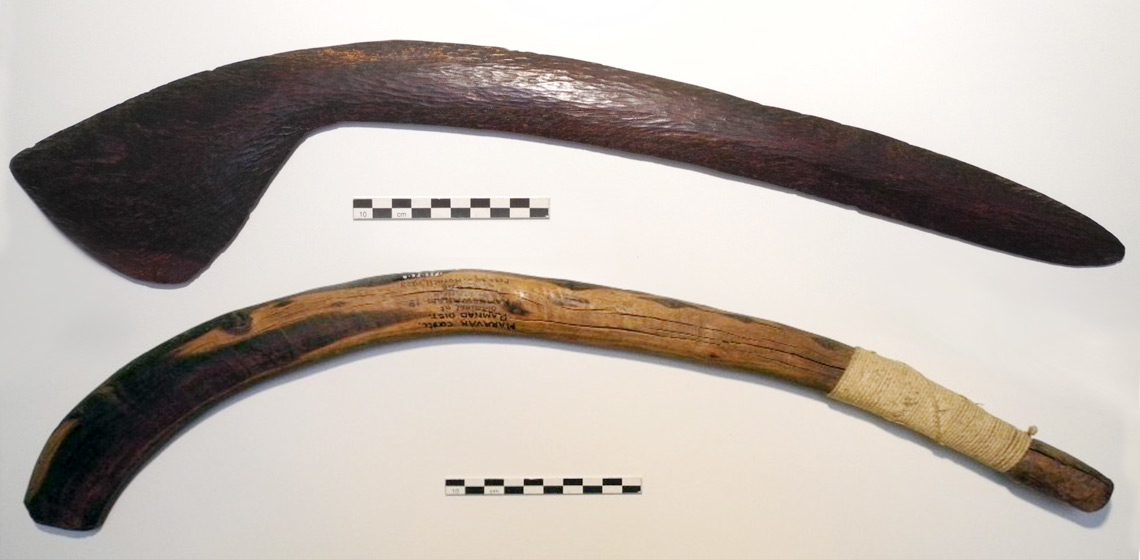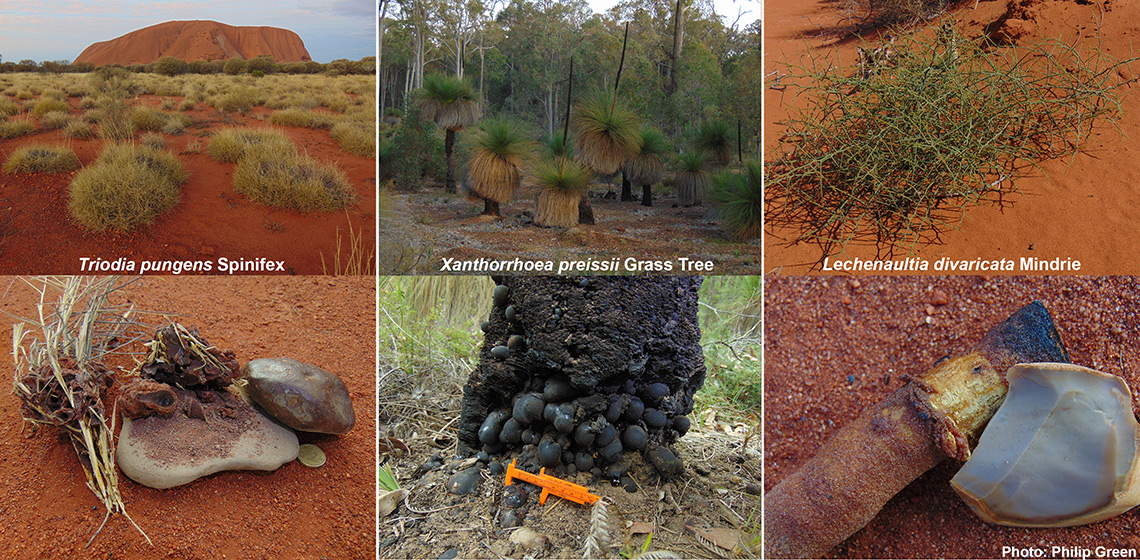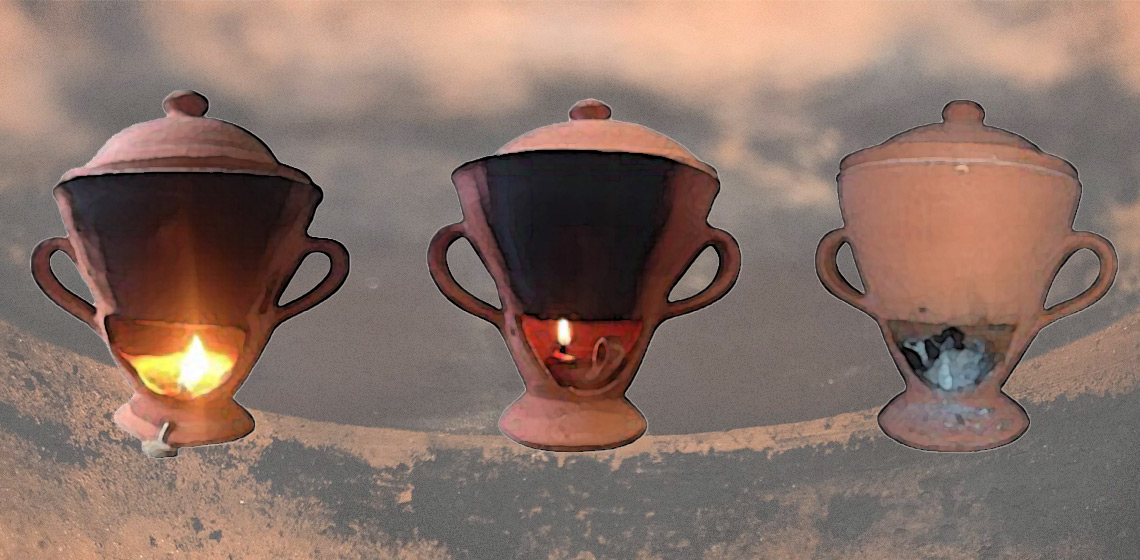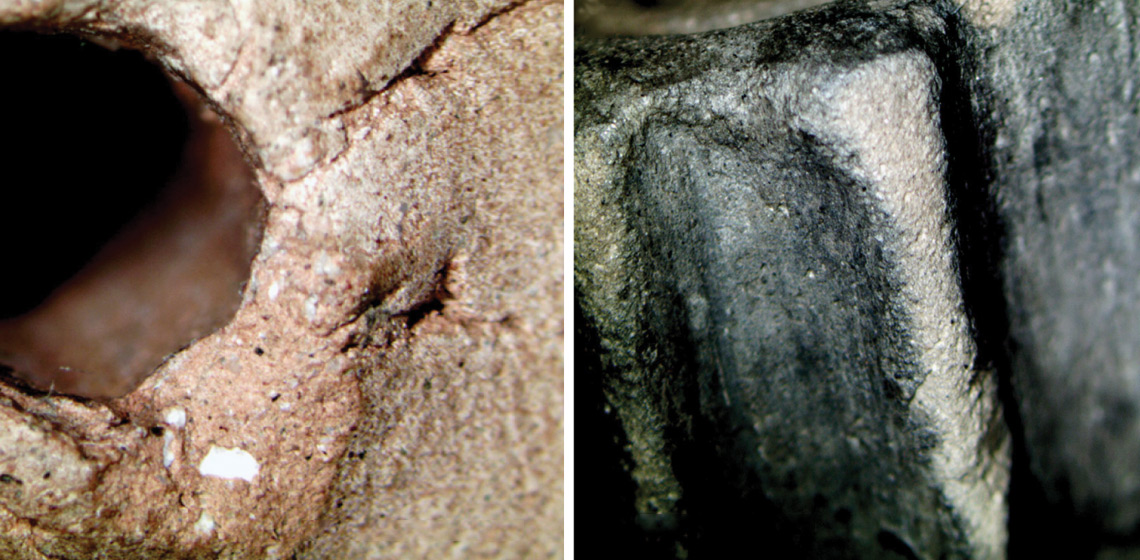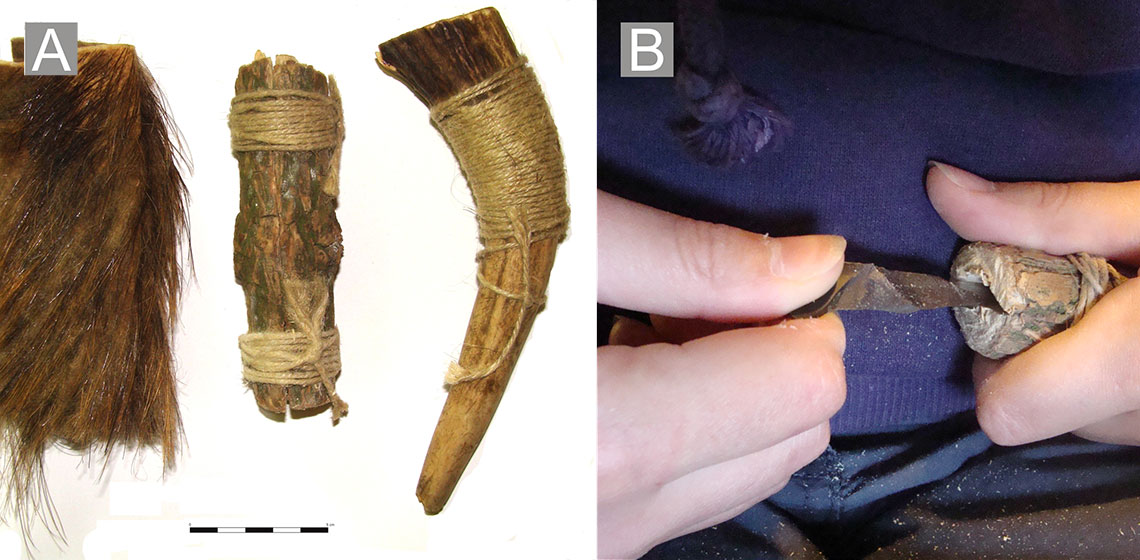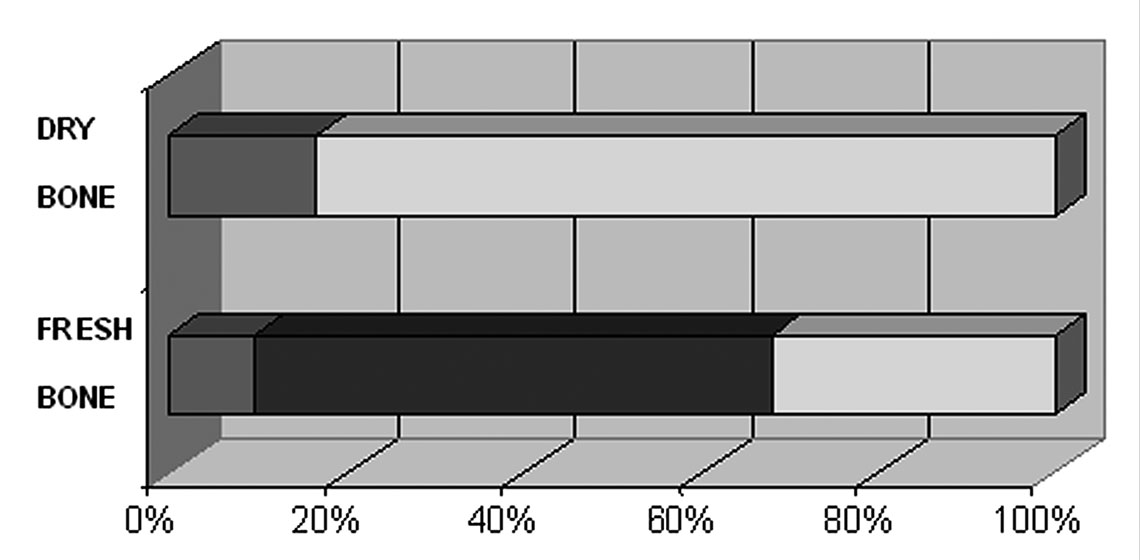use wear analysis
Hunting for Use-Wear
Introduction
Dorset cultures were spread throughout the Canadian Arctic and Greenland between 800 BC and 1300 AD (Friesen and Mason, 2016). There is considerable academic discussion surrounding Dorset society, focusing especially on topics such as social organisation, the reason for their disappearance, and the nature of their development from pre-Dorset cultures. However, a general point of agreement is that Dorset material culture has always been considered geographically, and even to some extent temporally, uniform (Maxwell, 1985).
Enhancing the Accuracy of Use Interpretation: The Discovery of a New Wear Formation with the Complementary Methods of Experimental Archaeology and Use-Wear Analysis
***Experimental archaeology and use-wear analysis are methods used together to understand aspects of an object’s life, such as manufacture and use. This paper demonstrates the benefits of analysing use-wear through experiments. It presents the results of experiments which were carried out to test the use of battle-axes and axe-hammers...
Hafted Tool-use Experiments with Australian Aboriginal Plant Adhesives: Triodia Spinifex, Xanthorrhoea Grass Tree and Lechenaultia divaricata Mindrie
Experimental Study of Byzantine Chafing Dishes
Introduction
Byzantine chafing dishes constitute one of the least studied utensils of the Byzantine household. Though a series of publications discuss them in a more detailed manner (Morgan, 1942; Bakirtzis, 1989; Sanders, 1995; François, 2010; Poulou-Papadimitriou, 2008; Vassiliou, 2016), most of our knowledge about chafing dishes derives from their fleeting mention in excavation reports, where they are listed among other finds and only briefly described.
The Contribution of Experimental Archaeology in Addressing the Analysis of Residues on Spindle-Whorls
Introduction
Spindle-whorls are tools used for transforming the mass of fibres into yarn. These tools can be made of a large variety of materials as ceramic, bone, wood, or glass. They can vary largely in shapes (conical, biconical, lenticular, etc…), size, and weight according to archaeological contexts and chronological period of human history.
Twenty Years with Flint. The Society for Experimental Prehistoric Archaeology – Where are We Now?
Use wear analysis
A method of identifying the functions of tools by closely examining their working surfaces and edges.
Definition source: Wikipedia
An Experimental Programme for the Collection and Use of Retouching Tools Made on Diaphyseal Bone Splinters
Conference Review: International Workshop, An Integration of Use-Wear and Residue Analysis for the Identification of the Function of Archaeological Stone Tools
The international workshop, titled An integration of use-wear and residues analysis for the identification of the function of archaeological stone tools, took place in Rome between 5-7 March, 2012 at the Sapienza University and at the National Council of Research (CNR)..
